LED mirrors are a popular choice for modern bathrooms. They offer superior lighting and a sleek design.
However, like any electronic device, they can sometimes face issues. Flickering lights, unresponsive touch sensors, or dimming problems are standard.
Don't worry, though. Most of these issues can be resolved with some basic troubleshooting.
This guide will walk you through identifying and fixing common LED mirror problems. We'll also provide maintenance tips and when to seek professional help.
Understanding Your LED Mirror
Before you start troubleshooting, it's essential to understand how your LED mirror works. These mirrors use light-emitting diodes (LEDs) to provide illumination.
The LEDs are often integrated into the mirror or placed behind it. They are powered by an LED driver, which converts the power supply to a suitable voltage.
Some LED mirrors also have touch sensors or motion detectors for easy operation. Others may have smart features, like color temperature control or integration with home automation systems.
Knowing these features and how they work can help you identify and resolve issues more effectively.
Common LED Mirror Problems and Solutions
LED mirrors are generally reliable, but like any electronic device, they can develop issues. Common problems include flickering or dimming lights, unresponsive touch sensors, electrical issues, and software glitches.
Understanding these problems and their potential solutions can help you troubleshoot effectively. Safety should always be your first priority when working with electrical devices.
Let's look at these common issues and how to resolve them.
Flickering or Dimming Lights
One of the most common issues with LED mirrors is flickering or dimming lights. This can be caused by various factors, including faulty LED components, power supply issues, or problems with the LED driver.
If your LED lights are flickering, first check the power supply. Ensure it's stable and the mirror is connected correctly. If the problem persists, the LED components or the driver may need to be replaced.
Unresponsive Touch Sensors
Another common issue is unresponsive touch sensors. This can be due to dirt or grime on the sensor, a software glitch, or a faulty sensor.
First, clean the sensor area with a soft, dry cloth. If this doesn't work, try resetting the mirror. If the sensor is still unresponsive, it may need to be replaced.
Electrical Issues and Power Source Problems
Electrical issues can also cause problems with your LED mirror. These can include power source problems, faulty wiring, or issues with the LED driver.
Always check the power source first. Make sure the mirror is connected correctly and the power supply is stable. If you suspect faulty wiring or a problem with the LED driver, it's best to call a professional.
Software Glitches and Resets
Finally, software glitches can cause various issues with LED mirrors, especially those with smart features. Resetting the mirror can often resolve these.
To reset your mirror, refer to the user manual for specific instructions. If the problem persists after a reset, you may need to contact the manufacturer for technical support.
Step-by-Step LED Mirror Troubleshooting Guide

Troubleshooting your LED mirror doesn't have to be daunting. You can identify and resolve the most common issues with a systematic approach. Here's a step-by-step guide to help you through the process.
First, ensure your safety. Always turn off and unplug the mirror before starting any troubleshooting steps. This is crucial to avoid any electrical shocks.
Next, identify the problem. Is it a flickering light, an unresponsive sensor, or a power issue? Once you've identified the problem, you can start the troubleshooting process.
Checking the Power Connection
A common cause of LED mirror issues is a faulty power connection. Start by checking the power source. Ensure the mirror is connected correctly and the power supply is stable.
If the power connection is secure and the problem persists, it could be an issue with the LED components or the mirror's internal wiring.
Inspecting and Replacing LED Components
LED components, including the lights and sensors, can sometimes fail. If you suspect a faulty LED component, you'll need to inspect it.
Start by removing the component. Check for any visible damage. If the element is damaged, it will need to be replaced.
Remember, replacing LED components should be done with care. If you're uncomfortable doing this yourself, it's best to call a professional.
Cleaning and Maintenance Tips
Regular cleaning and maintenance can prevent many common LED mirror issues. Clean the mirror surface and touch sensors with a soft, dry cloth.
Avoid using harsh cleaning products, as they can damage the LED components. Instead, use a mild cleaner designed for electronics.
Finally, keep the mirror dry. Moisture can cause electrical issues and damage the LED components. After cleaning, always dry the mirror thoroughly.
When to Call a Professional
While many LED mirror issues can be resolved at home, some problems require professional help. If you've tried troubleshooting and the problem persists, it's time to call a professional.
Remember, working with electrical components can be risky. If you need more clarification or are uncomfortable performing any steps, feel free to seek professional assistance.
Preventing Future LED Mirror Issues
Preventing issues with your LED mirror is just as important as knowing how to fix them. Regular maintenance and proper use can help avoid many common problems.
Ensure your mirror is installed in a suitable location. Avoid areas with high humidity or temperature fluctuations, as these conditions can affect the mirror's performance.
Regular cleaning is also crucial. Use a soft cloth and suitable cleaning products to avoid damaging the LED components.
Here are some additional prevention tips:
-
Regularly check the power connection and wiring.
-
Avoid using the mirror with wet hands.
-
Follow the manufacturer's instructions for use and maintenance.
Remember, prevention is better than cure. Regular care and attention can extend the lifespan of your LED mirror and keep it functioning optimally.
Final Thoughts and Quick Reference Checklist
Troubleshooting your LED mirror doesn't have to be daunting. With the proper knowledge and tools, you can resolve many common issues.
However, remember that safety is paramount. Always turn off the power before attempting any repairs. If you need more clarification on any steps, it's best to consult a professional.
Here's a quick reference checklist for LED mirror troubleshooting:
-
Check the power connection and wiring.
-
Inspect the LED components for damage.
-
Clean the mirror regularly with suitable products.
-
Follow the manufacturer's instructions for use and maintenance.
-
Consult a professional if necessary.
With this guide, you can keep your LED mirror in top shape. Happy troubleshooting!


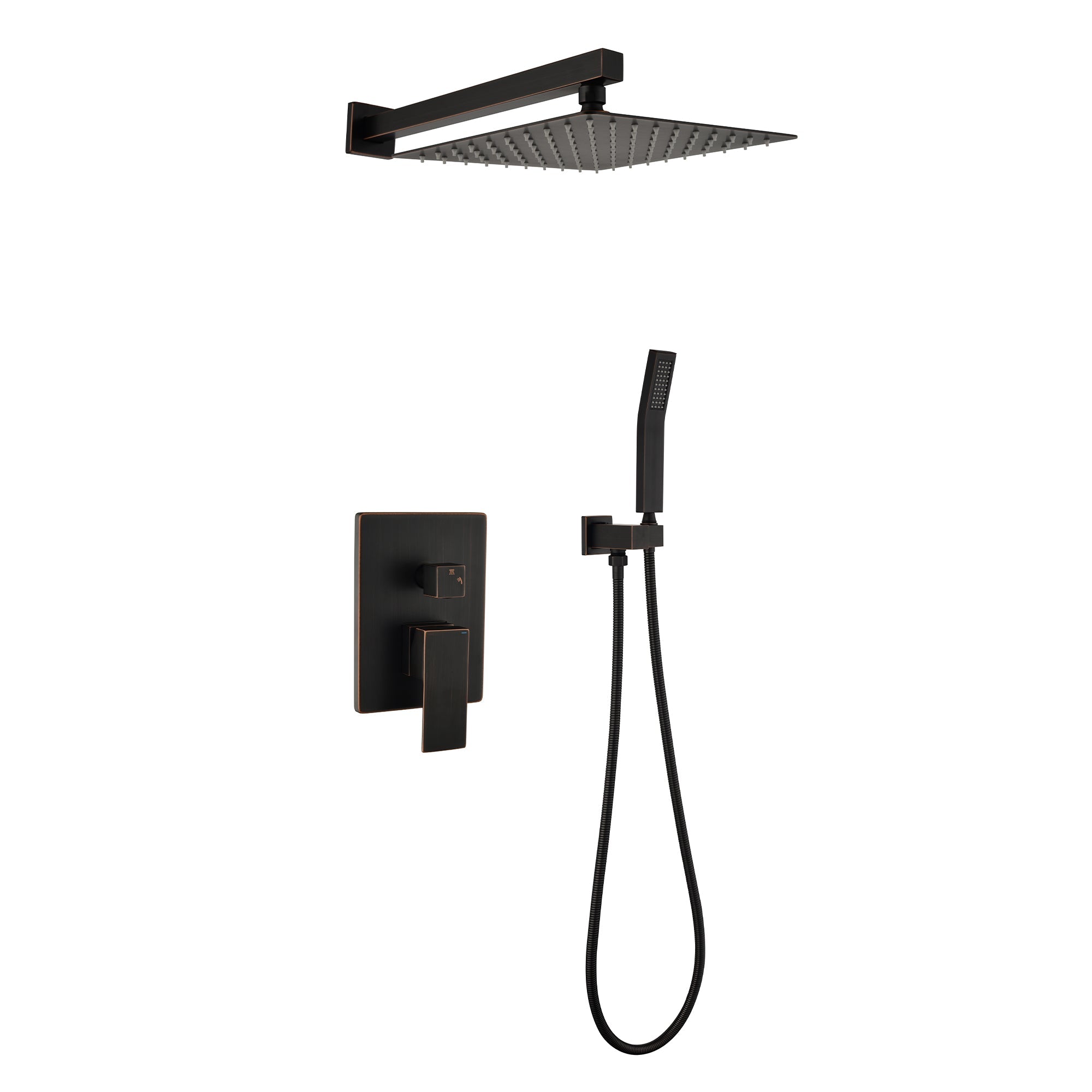



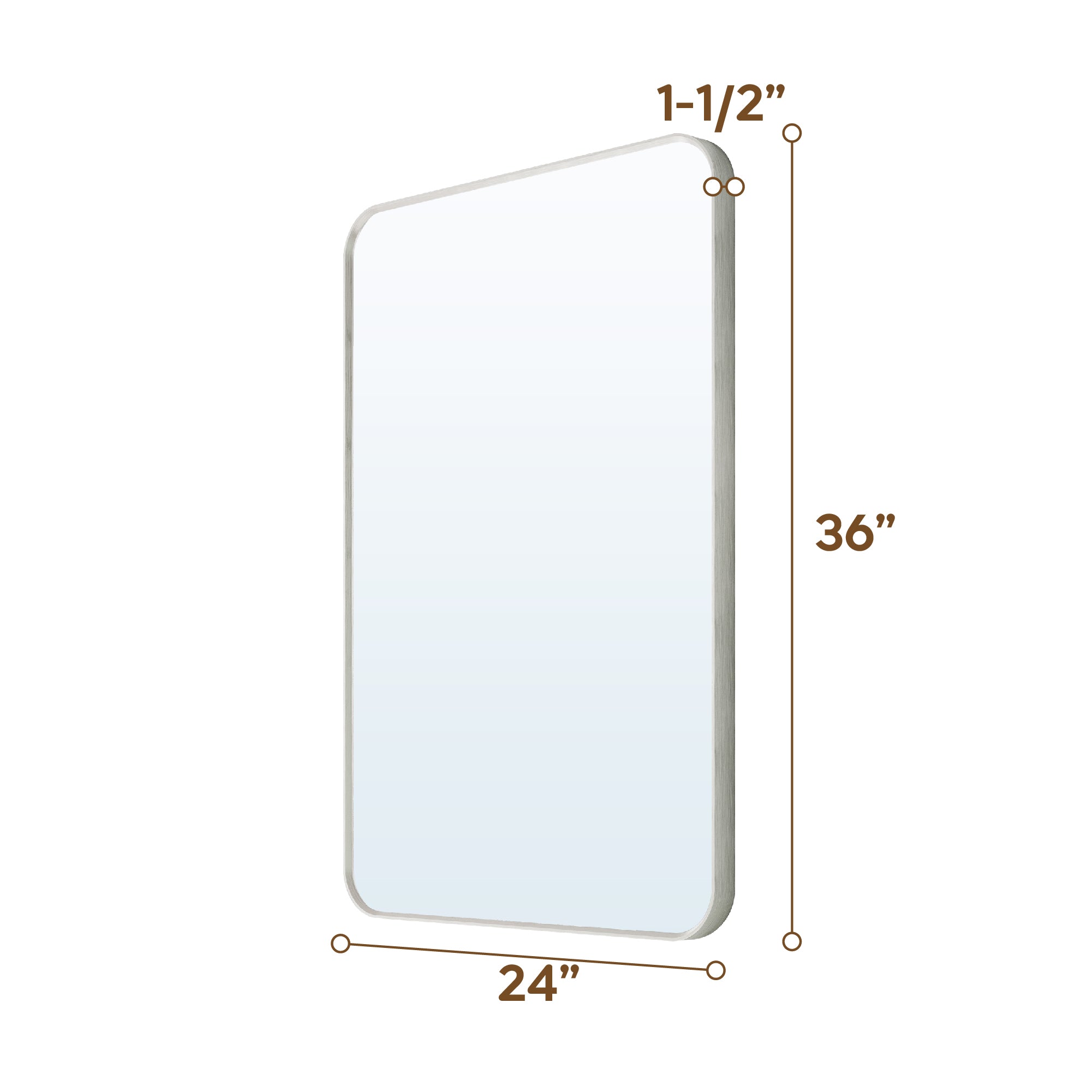
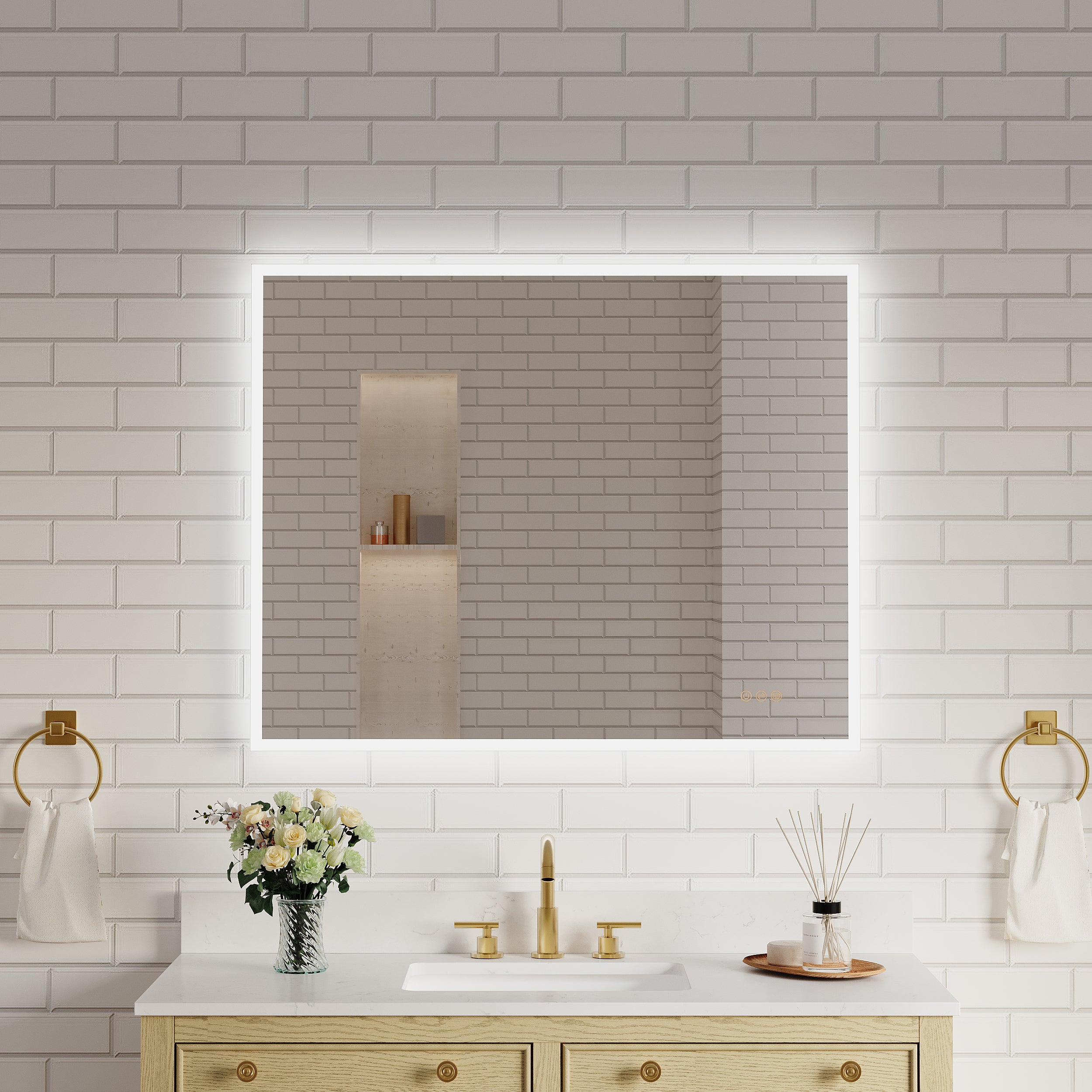
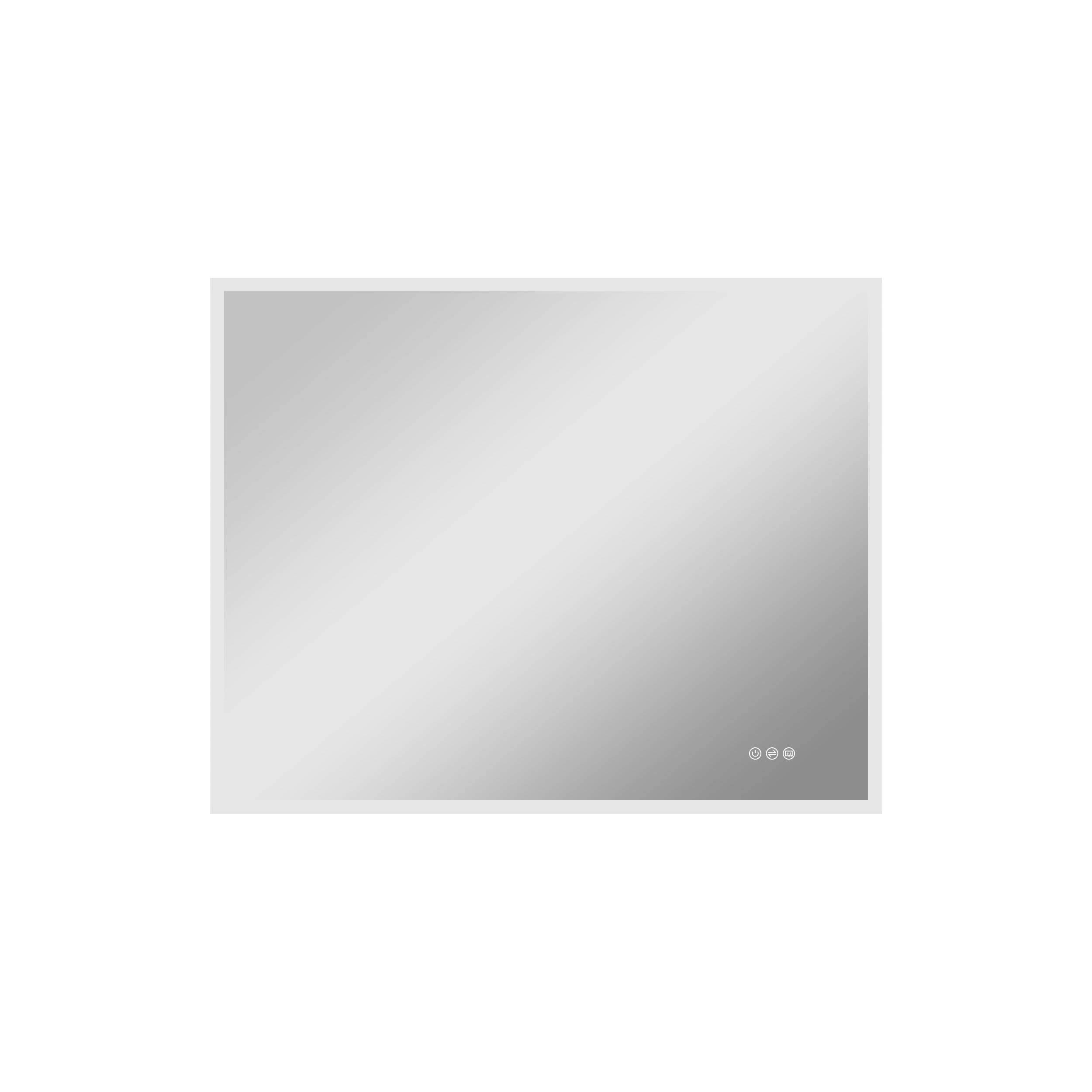


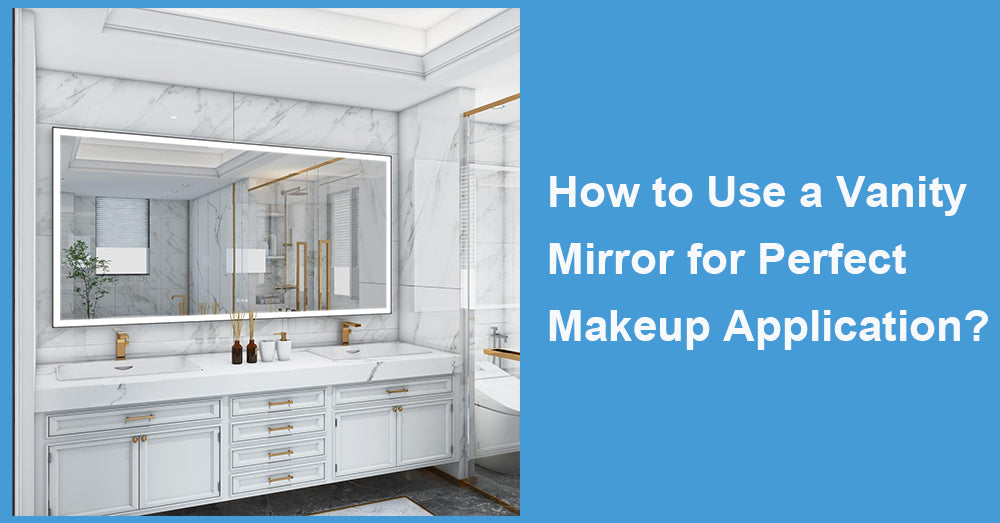

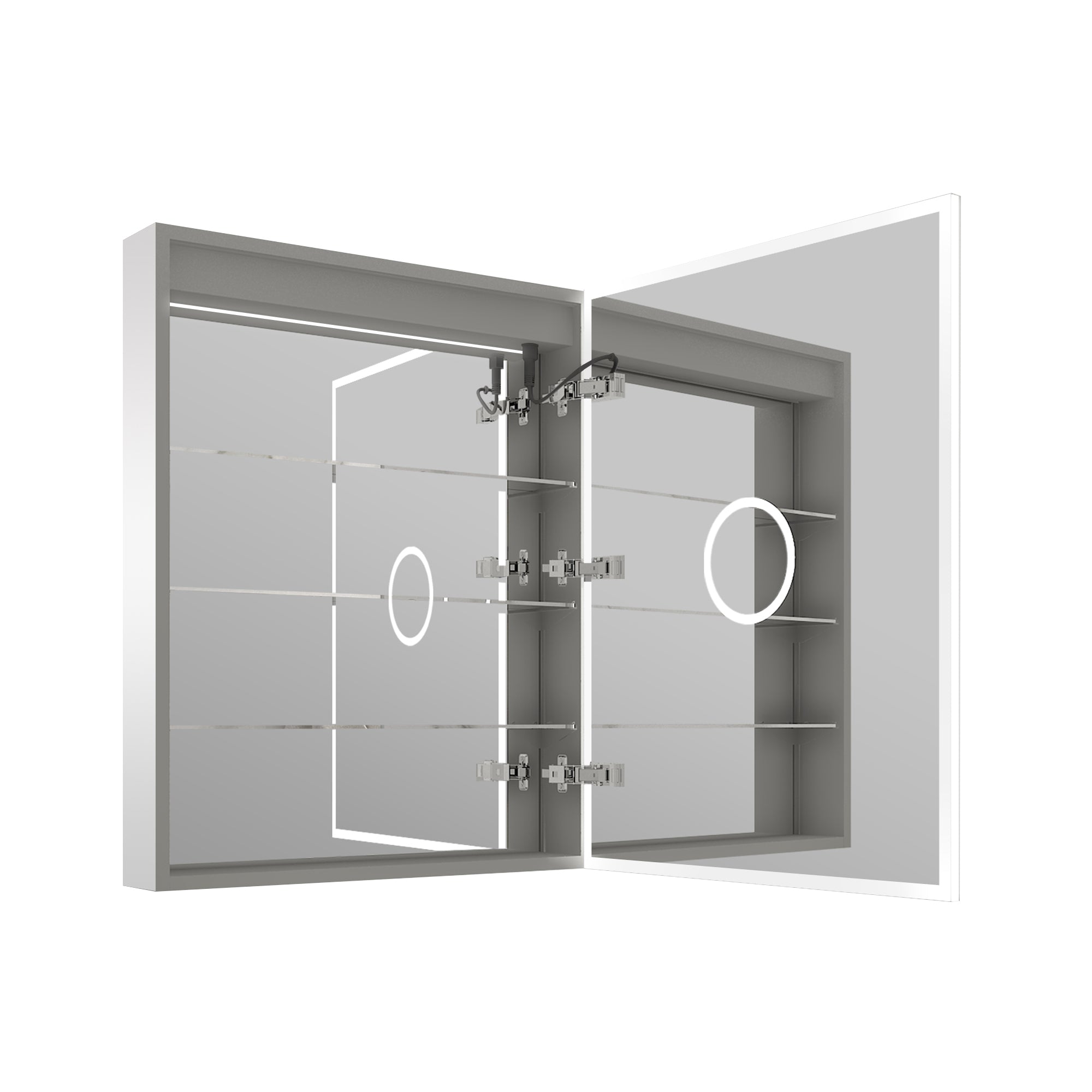
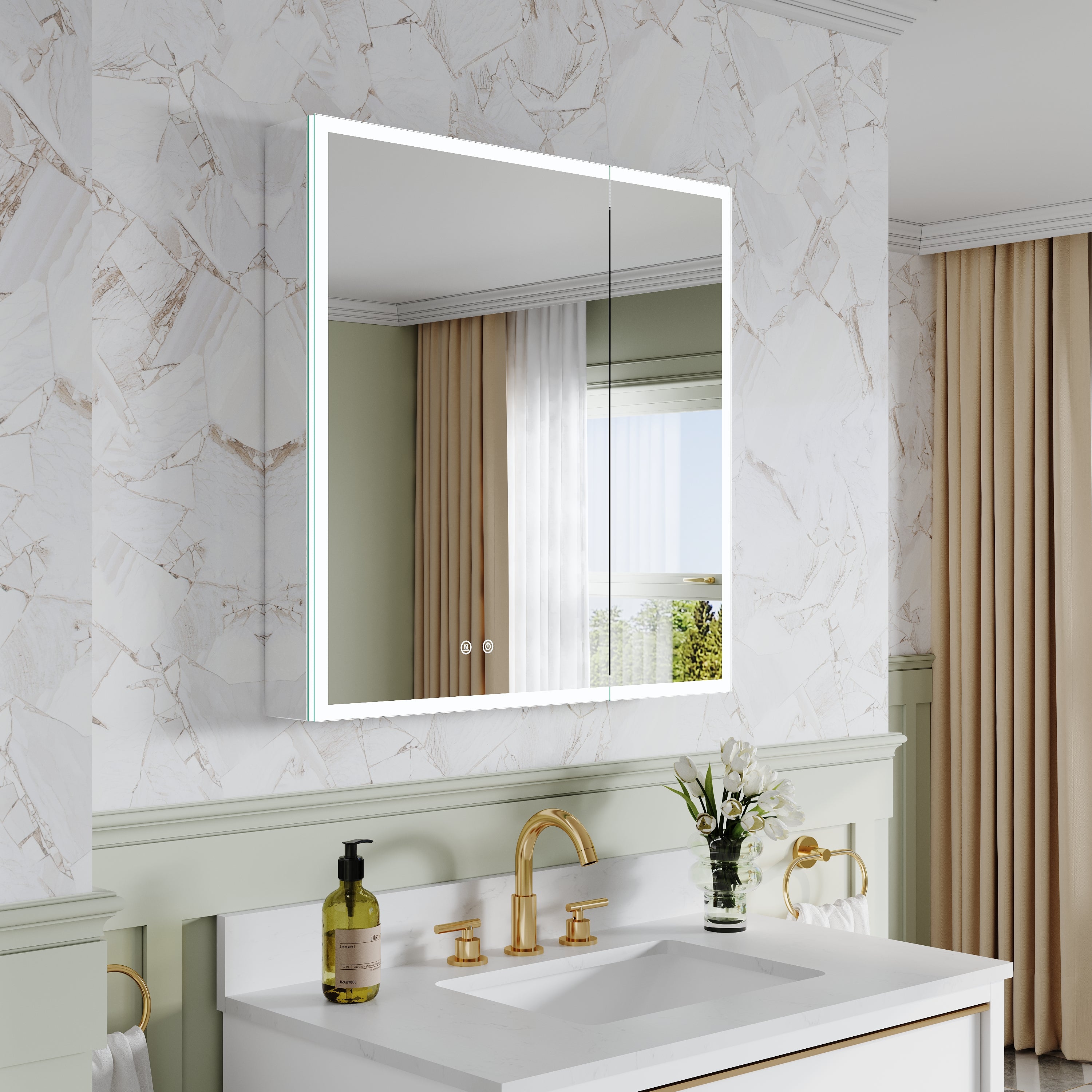



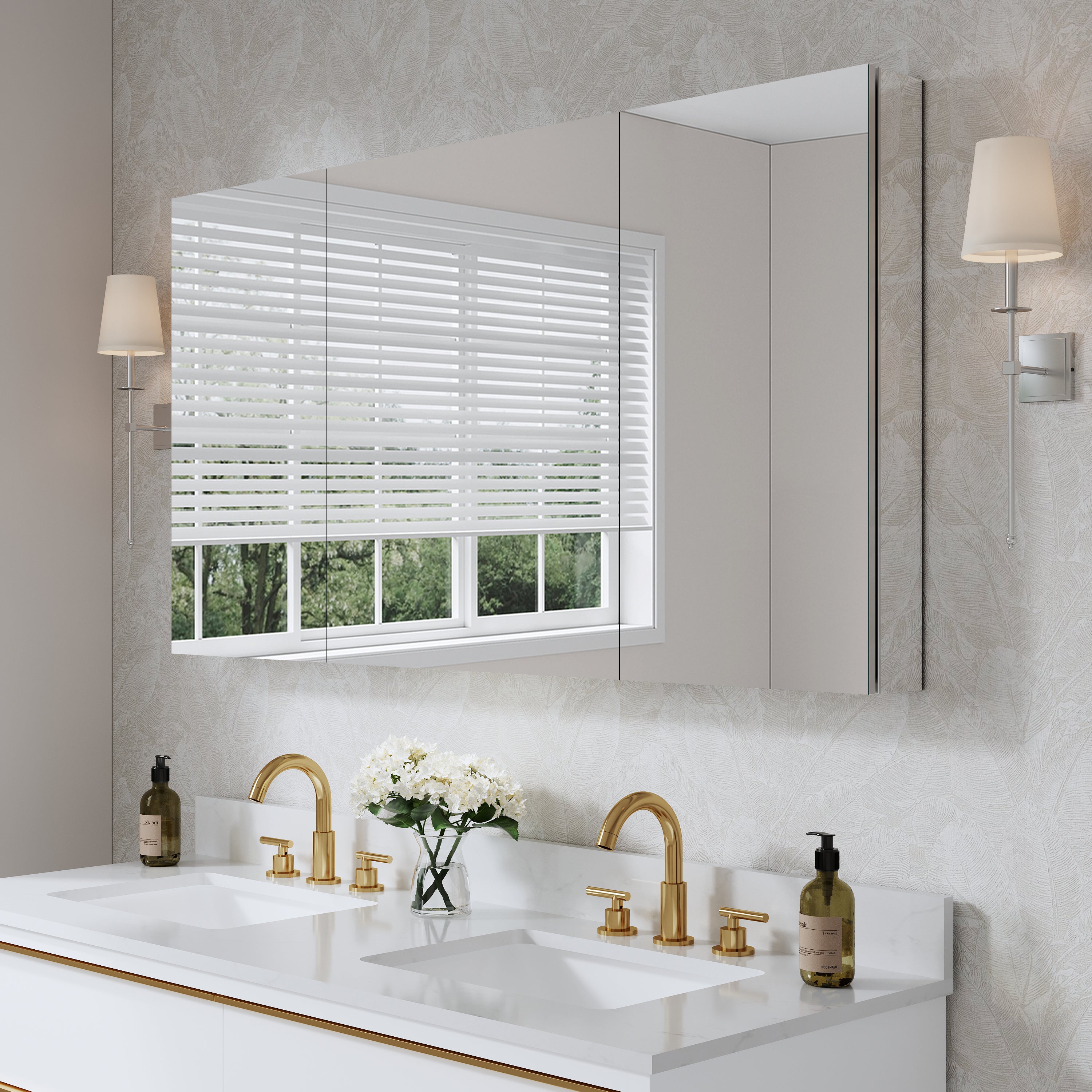



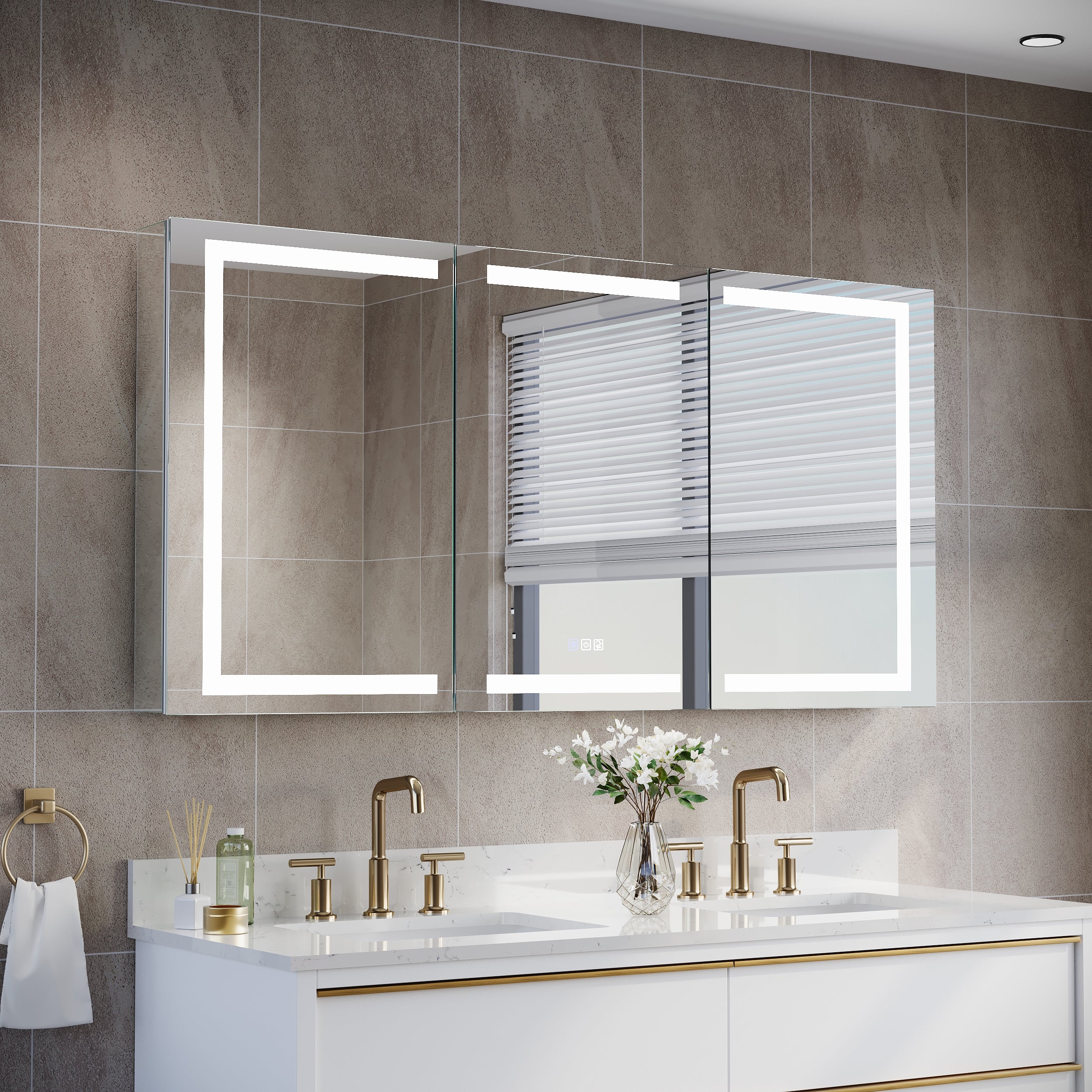



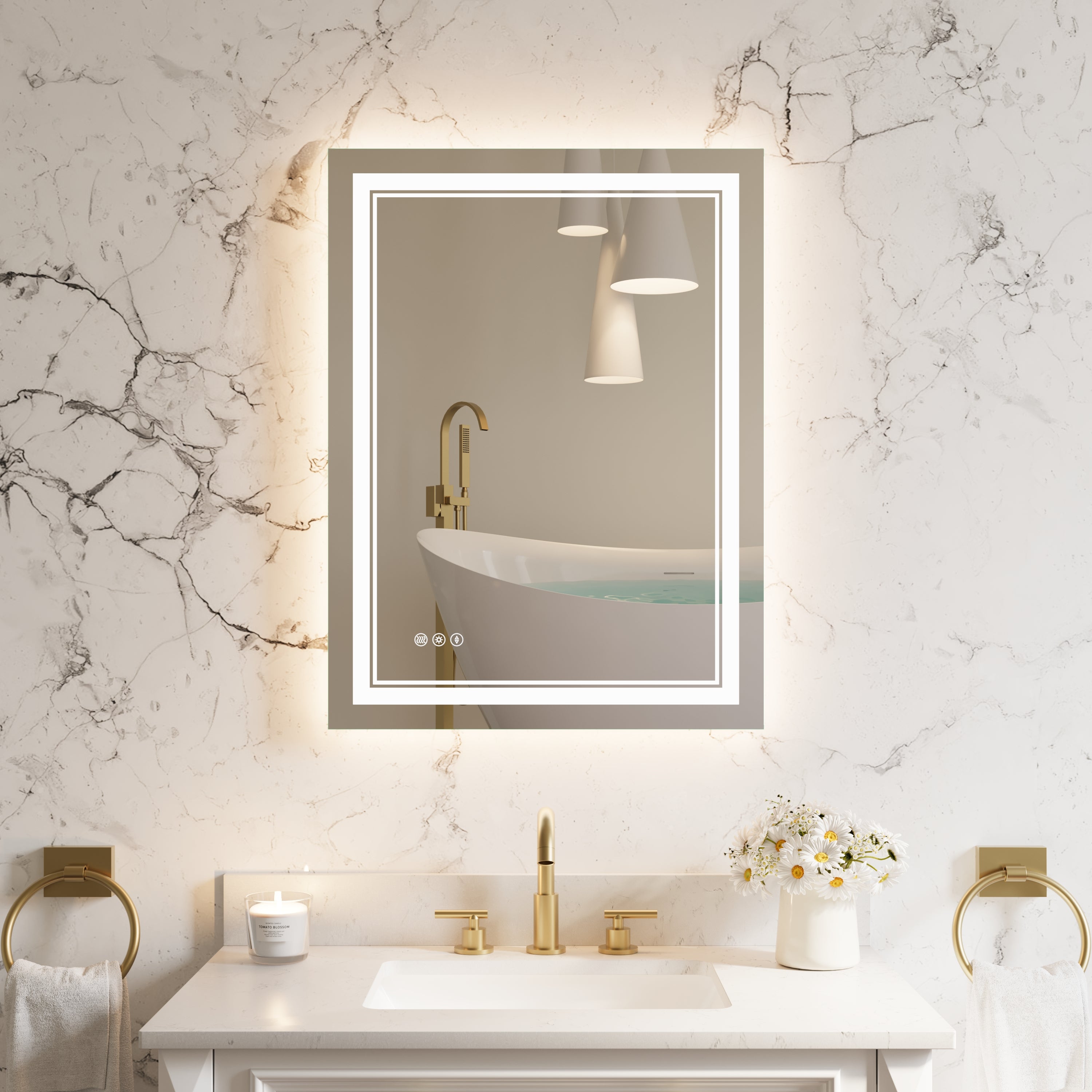








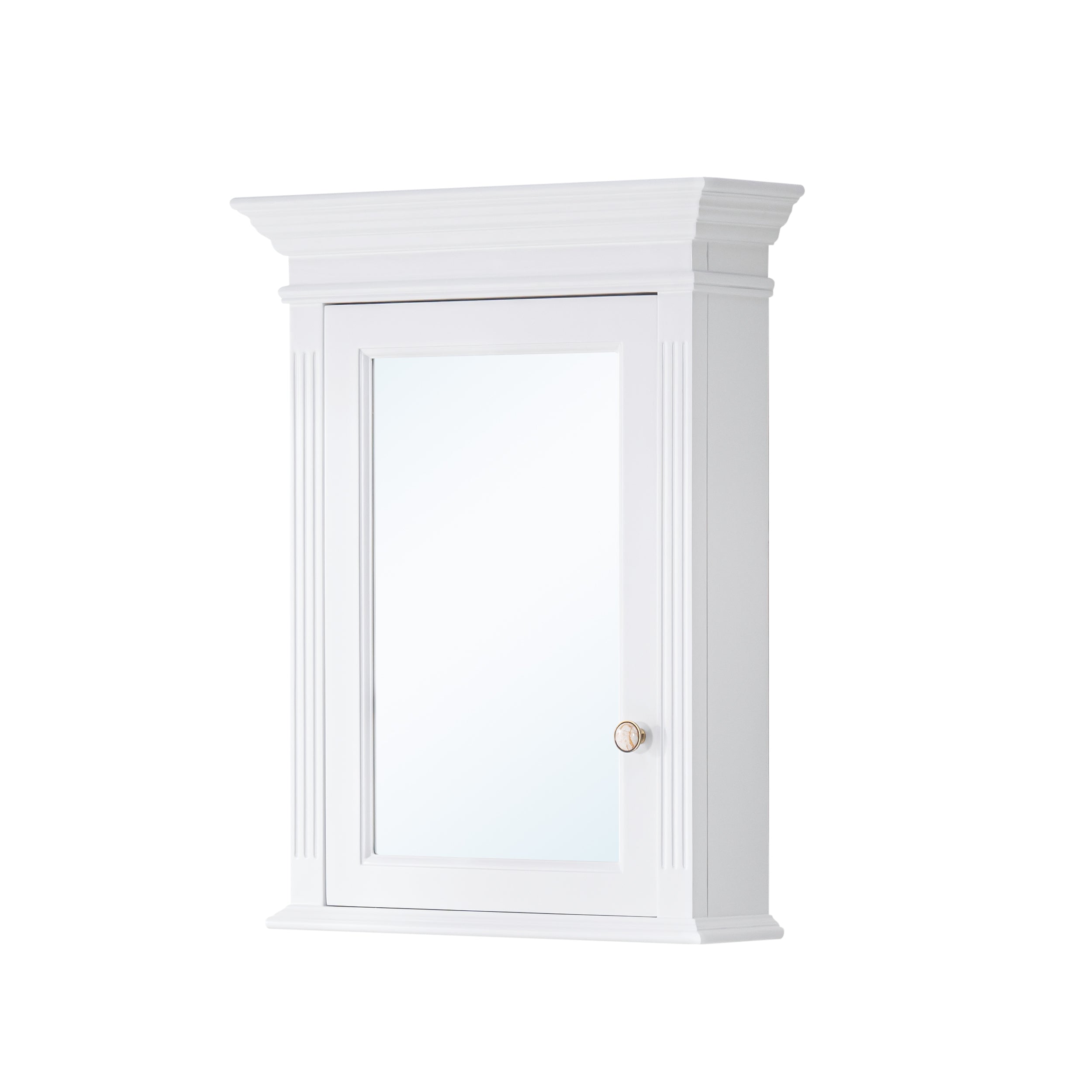
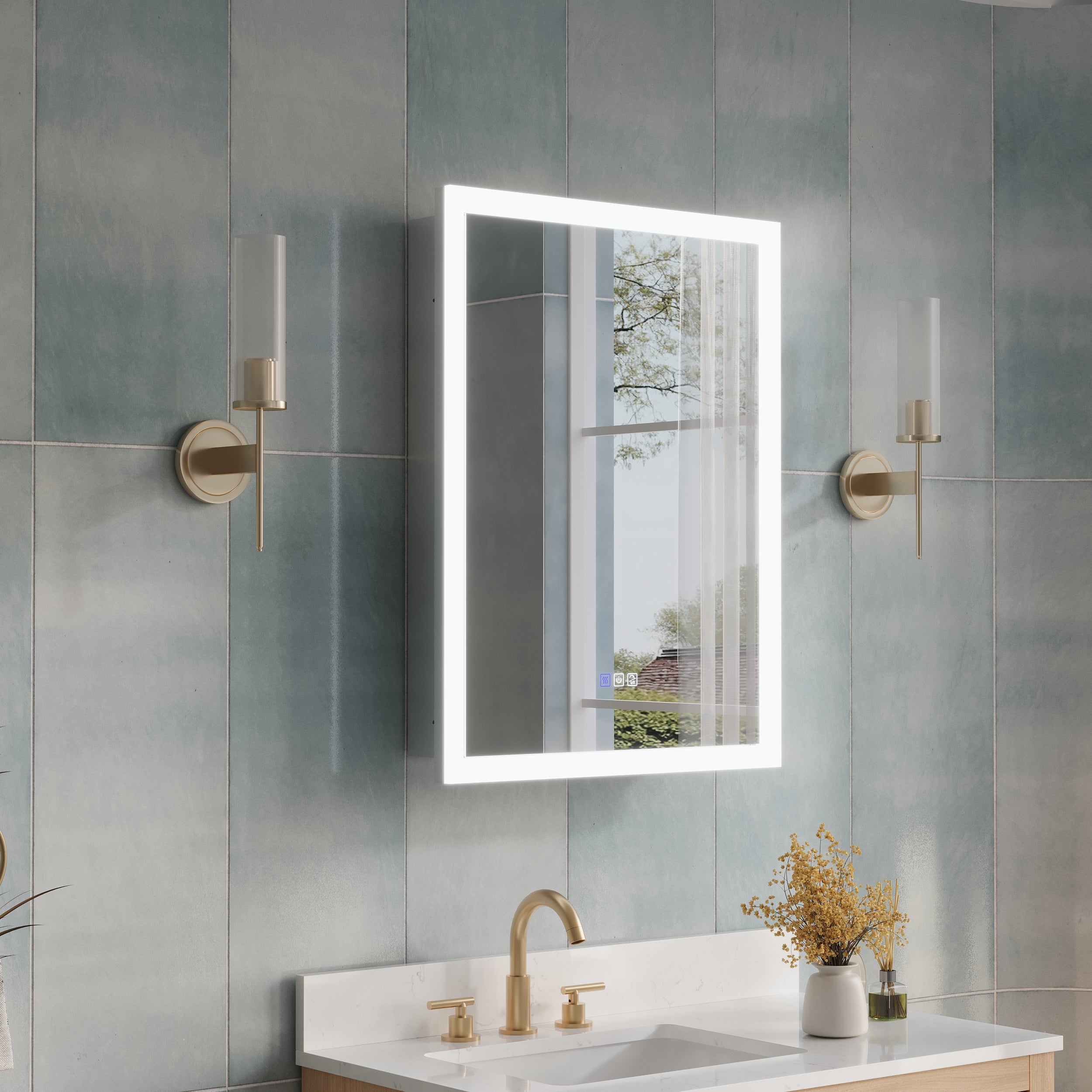
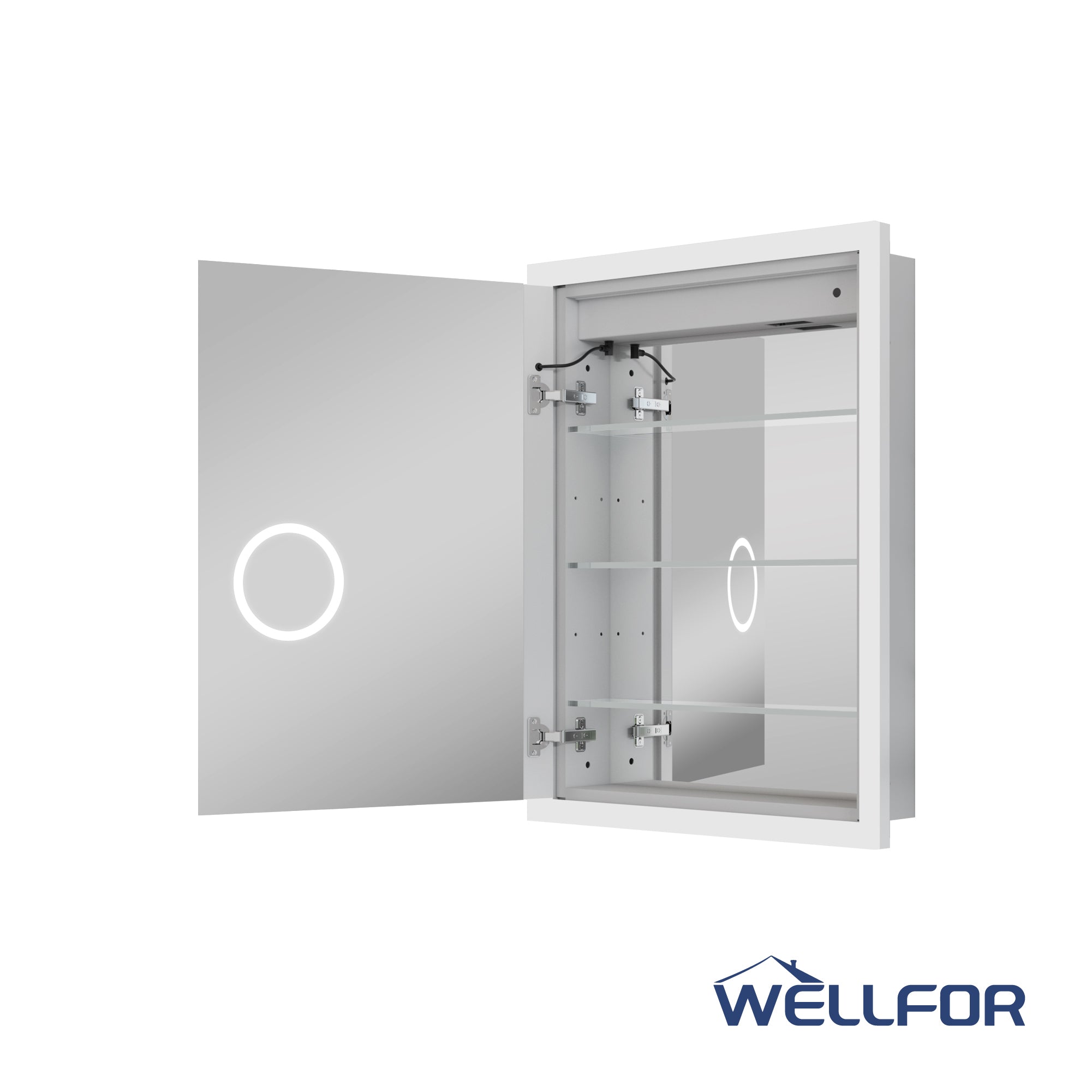
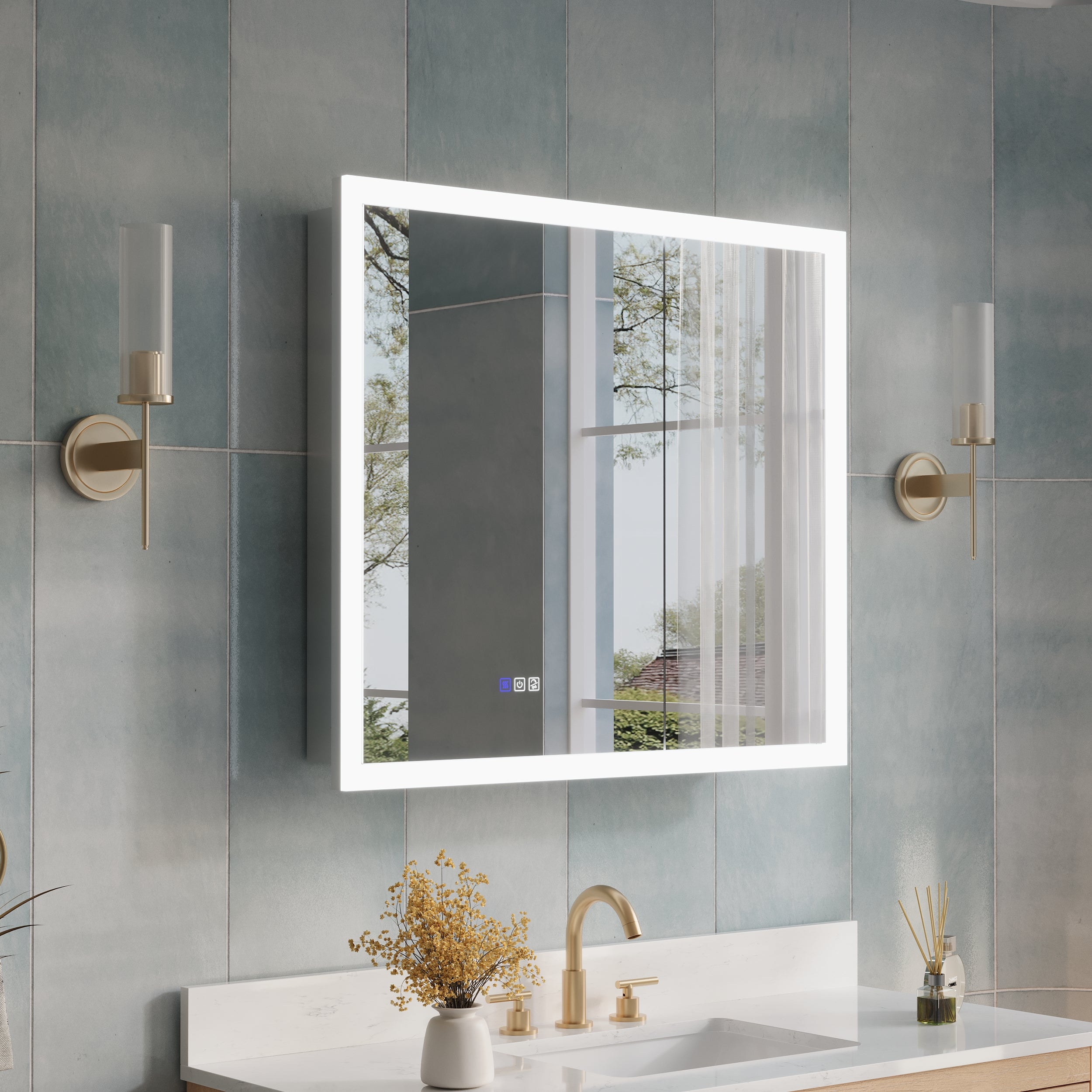
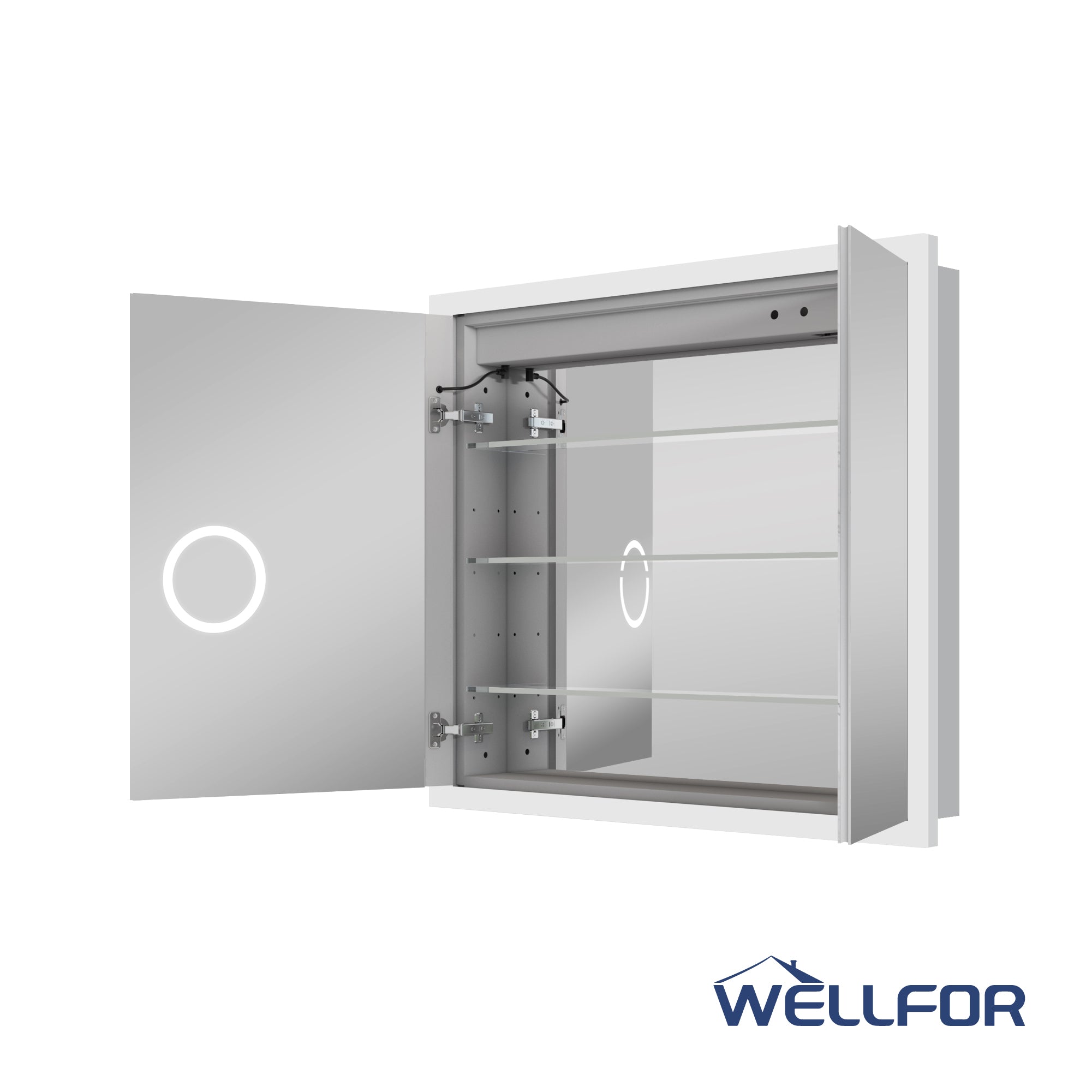
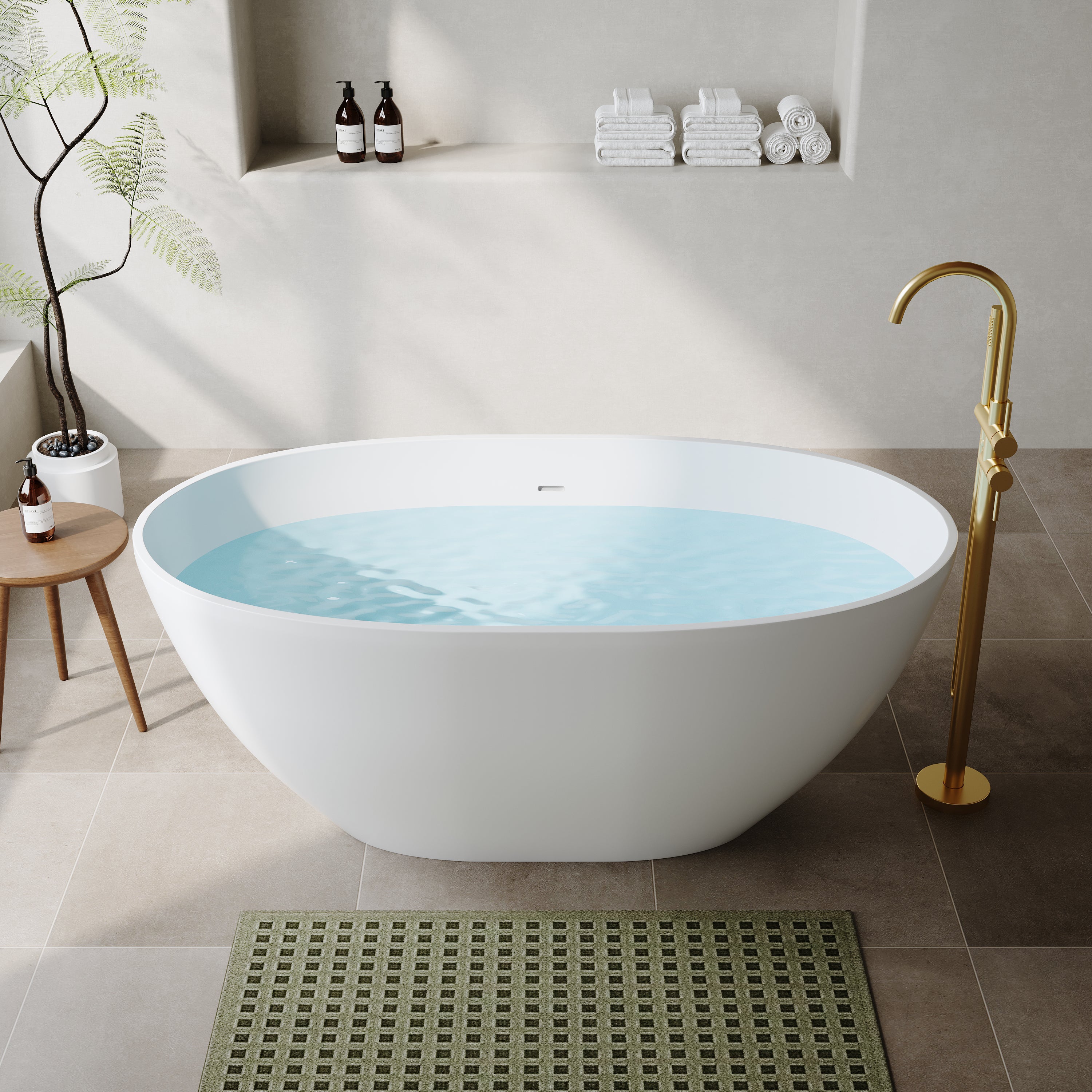




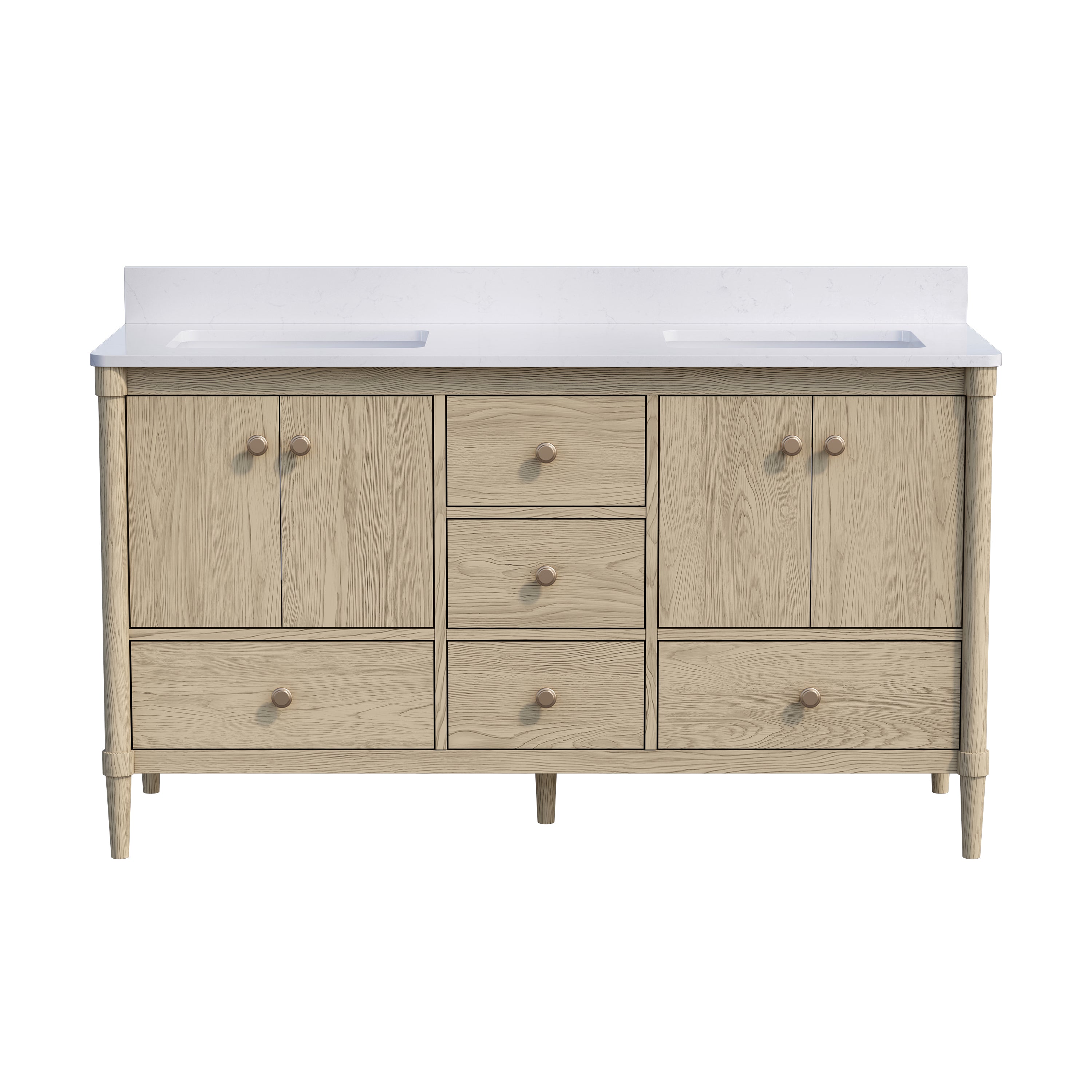
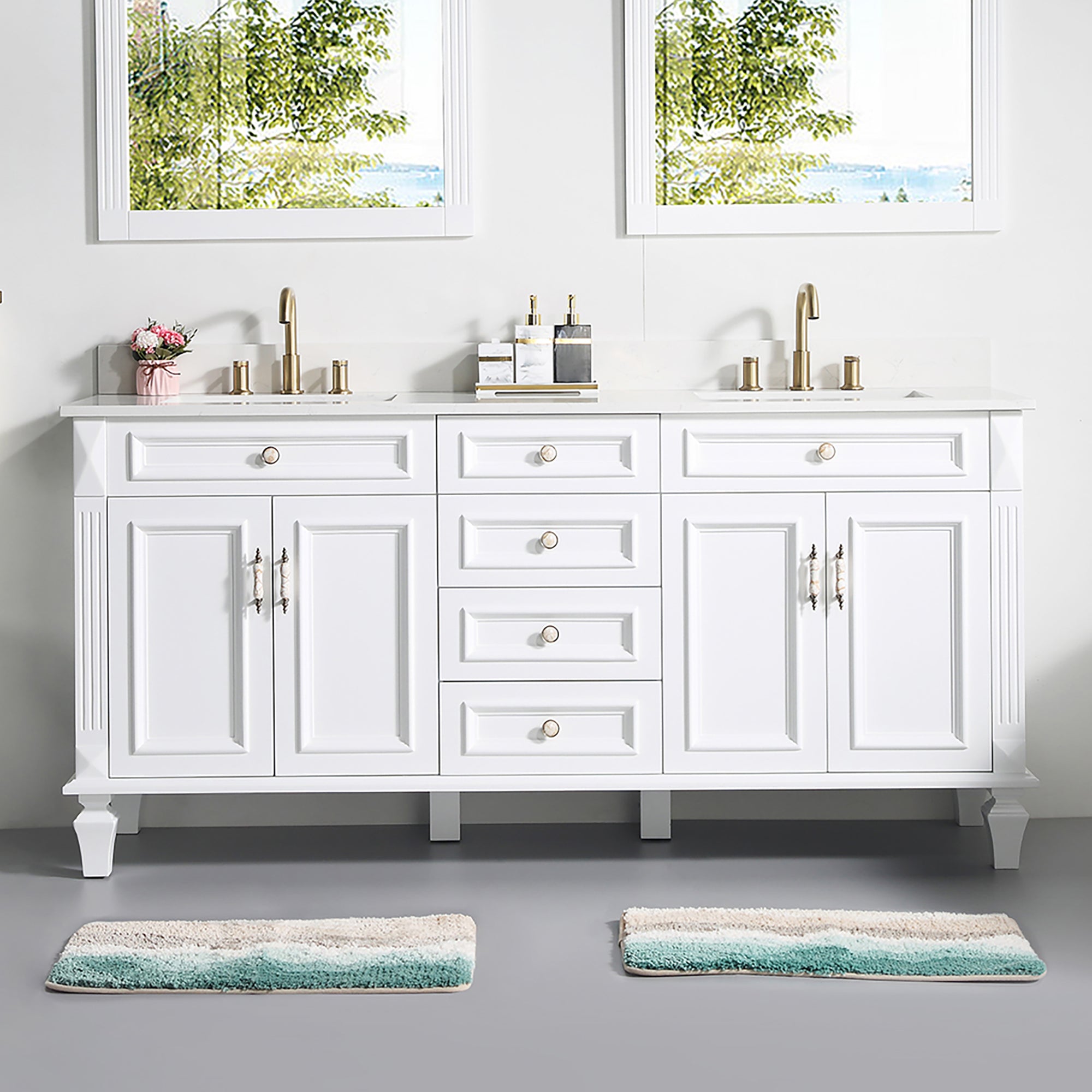
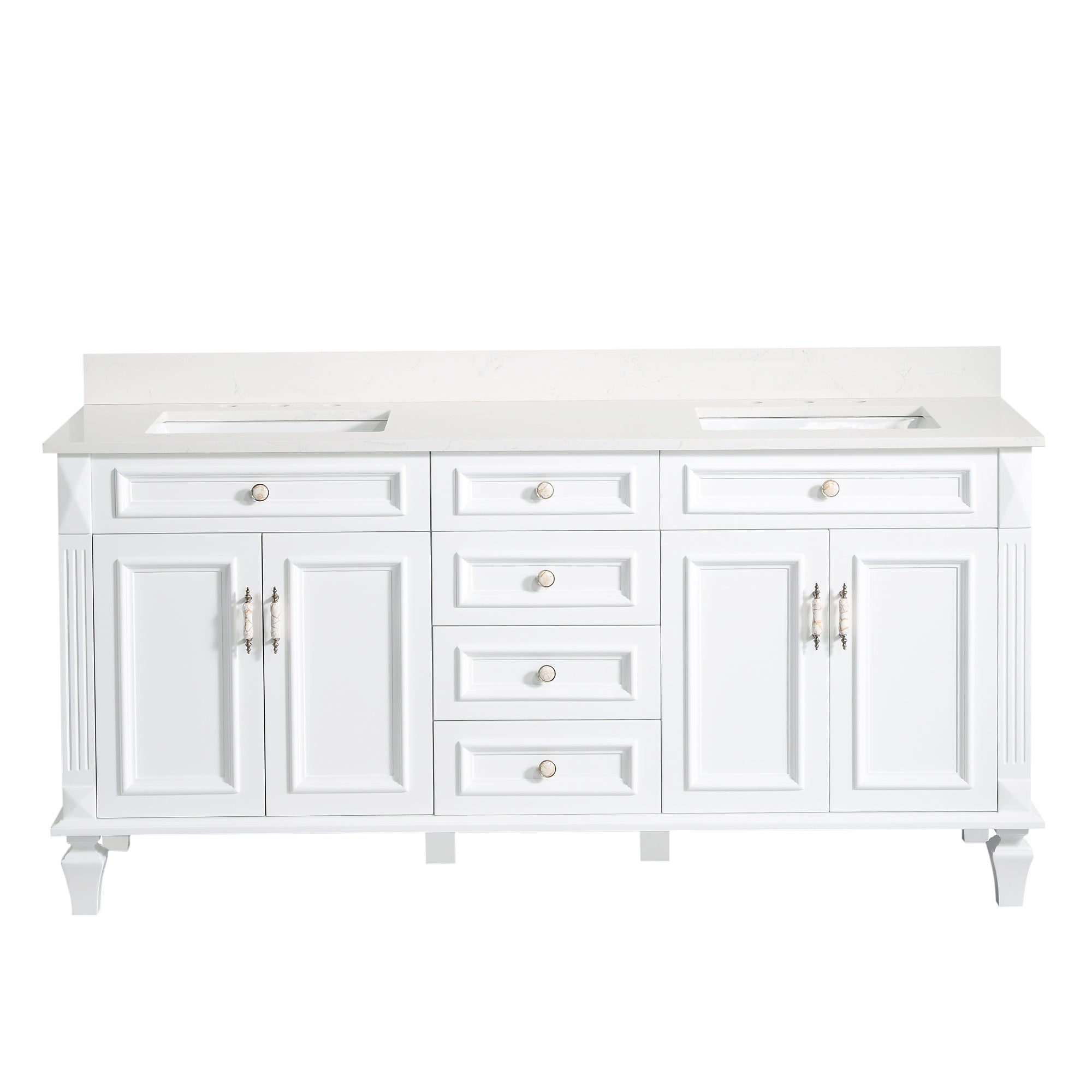
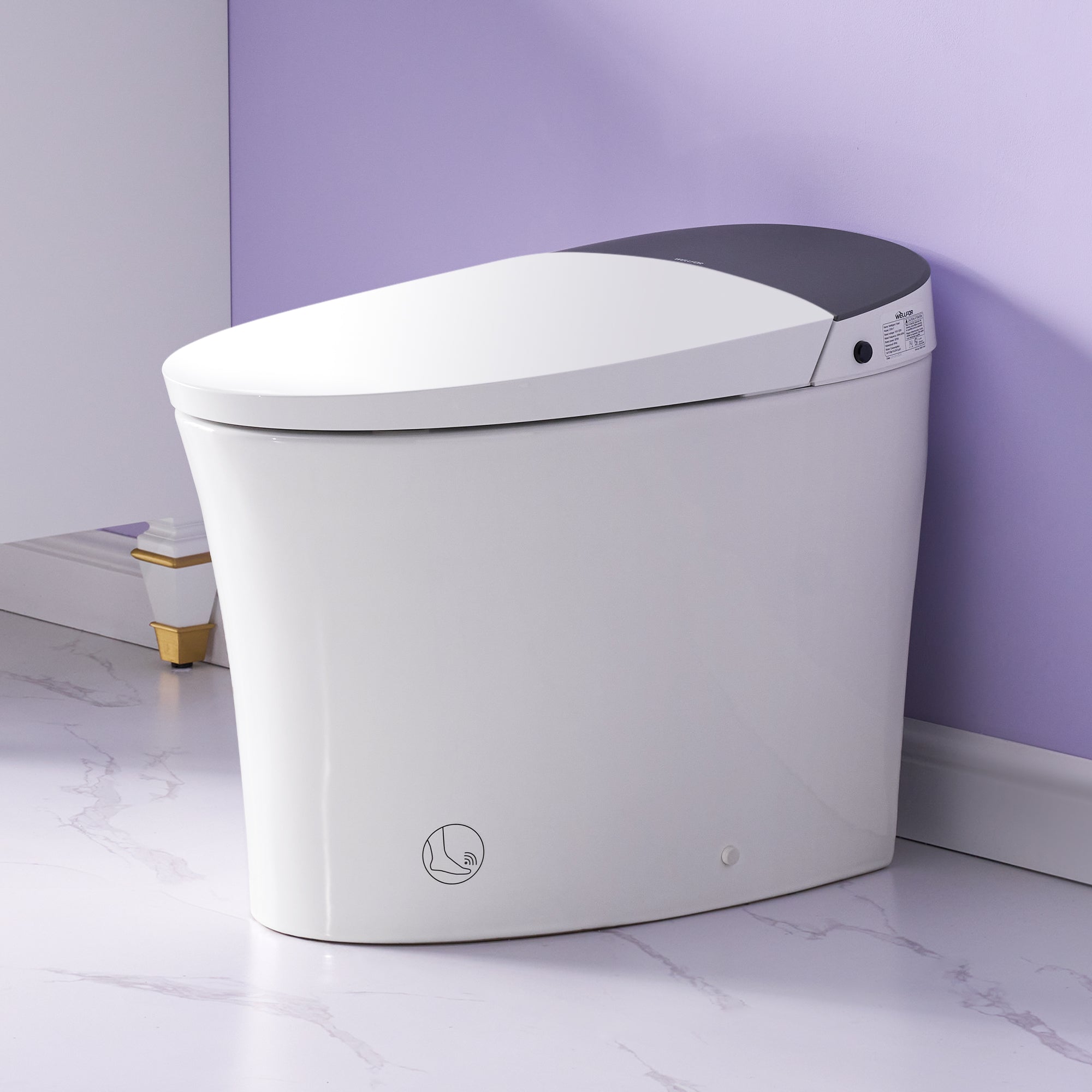
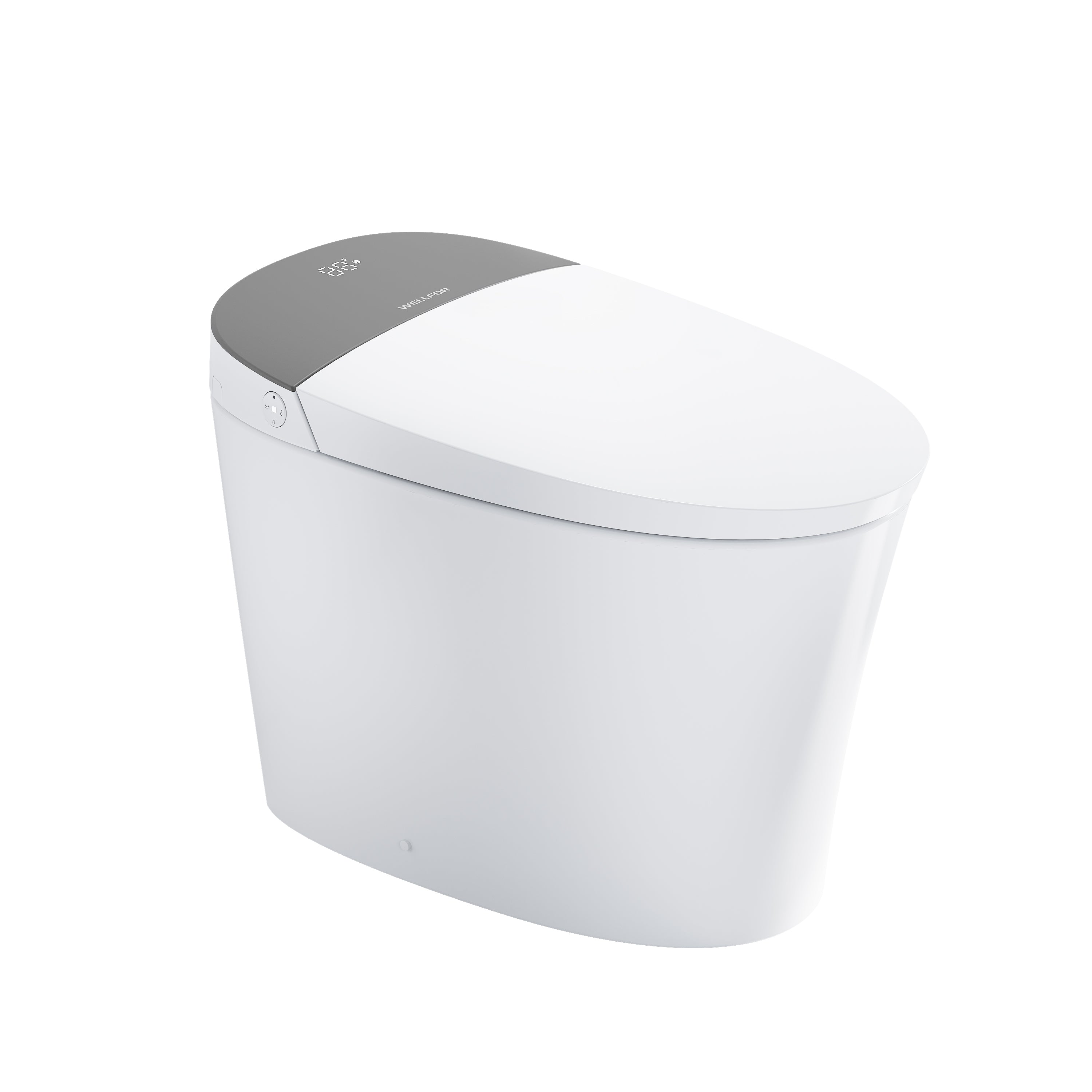

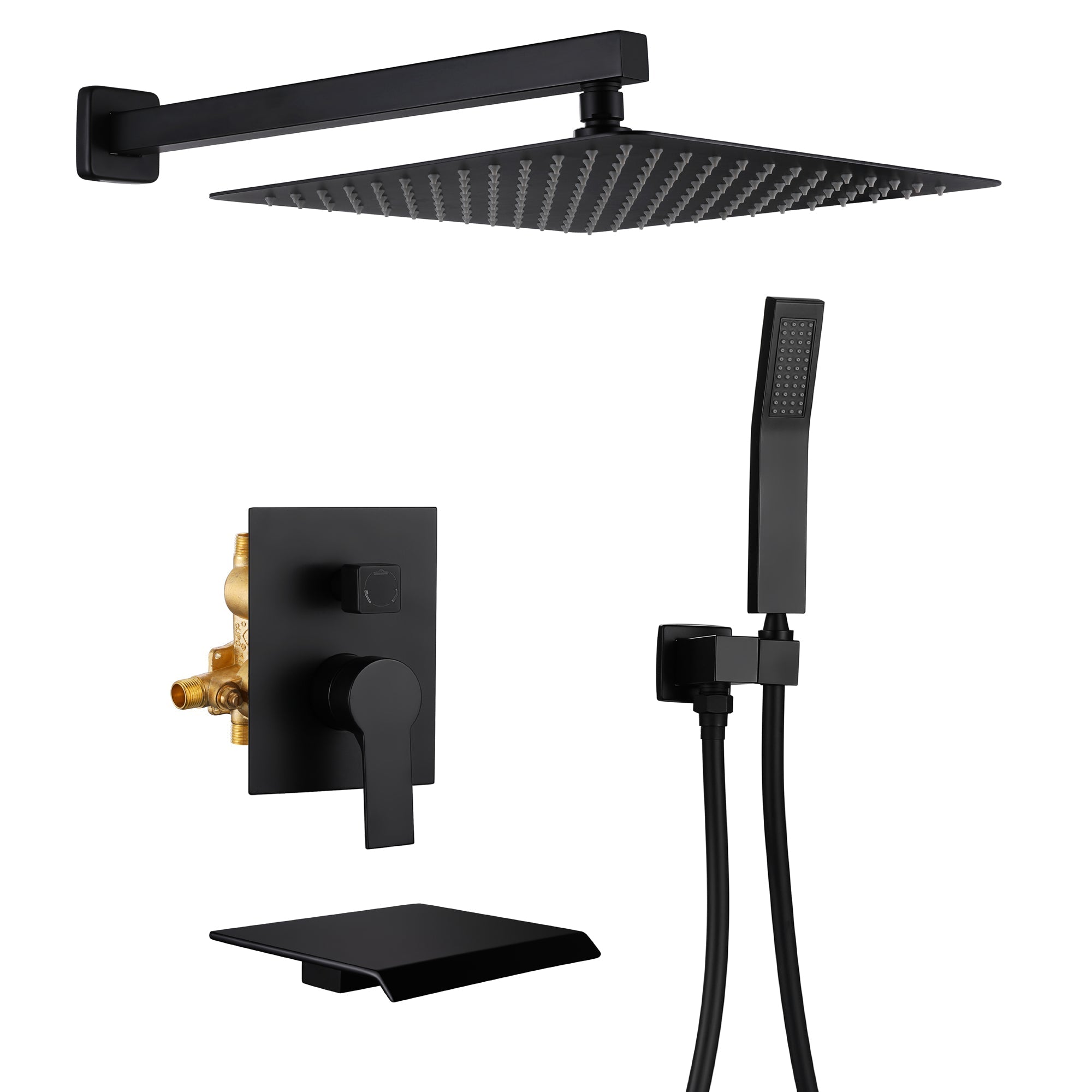
Leave a comment
This site is protected by hCaptcha and the hCaptcha Privacy Policy and Terms of Service apply.